CARING WITH FAMILY
|
| The level of affection a dog breed displays towards family members and familiar individuals can vary widely. Some breeds may exhibit a strong bond exclusively with their owner showing indifference or aloofness towards others. In contrast, there are breeds known for their sociable nature treating every familiar face as if they were a cherished companion. This trait is often a combined result of a breed’s inherent temperament and the individual dog's experiences, environment and training. |
LOVE WITH CHILDREN
Unwise
Good With Children
|
| A breed's tolerance for and patience with children, as well as its general disposition towards family life, can vary significantly from one breed to another. Some breeds are renowned for their gentle and patient nature with children showing a remarkable capacity to tolerate the energetic and sometimes unpredictable behavior that children often exhibit. These breeds are often considered quintessential family pets due to their protective instincts and ability to bond with all family members. |
BEHAVIOR WITH DOGS
Unwise
Good With Other Dogs
|
| The propensity for a dog breed to be amicable with other dogs depends greatly on the breed's inherent characteristics and social tendencies. Certain breeds have a natural inclination to socialize and coexist peacefully with other canines both within the household and in public settings. This trait is especially notable in breeds that have been historically developed for group hunting or herding activities where cooperation with other dogs was essential. |
SHEDDING LEVELS & MANAGEMENT
No Shedding
Hair Everywhere
|
| The amount of shedding one can expect from a dog breed varies extensively, impacting grooming requirements and household cleanliness. Breeds known for high shedding will naturally lose more hair especially during seasonal changes when they may "blow" their coat. These breeds typically necessitate more frequent brushing to manage loose fur reduce the amount of hair distributed around the home and maintain the health of the dog's coat. |
COAT GROOMING STANDARDS
|
| The grooming needs of a dog breed encompass bathing, brushing, trimming, and other coat maintenance, and these requirements can differ widely among breeds. Some breeds with short smooth coats may require less frequent bathing and minimal brushing to remove loose hairs and maintain a healthy coat. Conversely, breeds with long thick or curly fur often need more regular and thorough grooming to prevent matting, remove tangles and maintain overall coat health. |
DROOLING INTENSITY
Less Likely to Drool
Always Have a Towel
|
| The tendency of a breed to drool can range significantly, with some breeds being more drool-prone than others. Certain breeds, especially those with loose, fleshy lips and jowls are known to drool more due to the structure of their mouths which can lead to the accumulation of saliva that then drips out. This can result in slobbery kisses, drool trails and wet patches on clothes and furniture. |
COAT STYLES GUIDE |
| Double |
| COAT SPECTRUM |
| Short |
FRIENDLINESS
Reserved
Everyone Is My Best Friend
|
| The level of friendliness a breed exhibits towards strangers can vary extensively, influenced by each breed's historical purpose, temperament and individual personality. Some breeds have an innate wariness or reserved nature towards unfamiliar people a trait that can be advantageous for watchdogs or guard dogs. These breeds may be more cautious and require a proper introduction before warming up to a new person. |
LIVELINESS
Only When You Want To Play
Non-Stop
|
| The enthusiasm for play in various dog breeds can significantly differ with some retaining their playful puppy-like energy well into their adult years while others become more sedate and content with relaxation as they mature. High-energy breeds often used for work such as hunting, herding or sporting are more likely to maintain their zest for play throughout their lives. These dogs generally require regular active engagement through games like fetch tug-of-war and other interactive activities to satisfy their need for both physical and mental stimulation. |
VIGILANCE INTENSITY
What's Mine Is Yours
Vigilant
|
| A dog breed's propensity to alert their owners about the presence of strangers varies, often tied to their traditional roles and breed characteristics. Some dogs have a high alertness level and are quick to notify their owners of anyone approaching or any unusual activity in their environment. They might react to various stimuli ranging from people approaching the door to animals or even inanimate objects that seem out of place to them. |
ADAPTATION CAPACITY
Lives For Routine
Highly Adaptable
|
| A breed's adaptability to change encompasses their tolerance to alterations in living conditions, noise levels, weather, daily routines and other inconsistencies in everyday experiences. This trait can significantly vary from one breed to another and is influenced by the breed's historical background, temperament and individual personality. |
OBEDIENCE LEVEL
Self-Willed
Eager to Please
|
| The ease of training a dog and its willingness to learn new things can often be correlated with the breed's characteristics, although individual variance is also a significant factor. Generally speaking some breeds are renowned for their eagerness to please their owners and their responsive nature to training cues. These breeds, often including herding, sporting and working dogs tend to excel in obedience and are receptive to learning a wide array of commands and tasks. |
STAMINA LEVEL
|
| The required amount of exercise and mental stimulation can vary greatly across dog breeds, directly influencing their overall well-being and behavior. High-energy breeds are typically those that have been bred for jobs that involve a lot of physical activity and mental engagement such as herding, hunting or working roles. These dogs usually exhibit a strong desire to be active often needing multiple exercise sessions per day, coupled with interactive playtime and training to satisfy their energy levels and intelligence. |
VOCALIZATION
|
| Infrequent |
LEARNING CURIOSITY LEVEL
Happy to Lounge
Needs a Job or Activity
|
| The mental stimulation a dog breed requires is critical to its happiness and health, and it varies widely depending on the breed's origins and individual disposition. Purpose-bred dogs, particularly those from working, sporting and herding groups are often bred for tasks that demand high levels of problem-solving, concentration, and decision-making. These breeds generally have strong cognitive abilities and require significant mental engagement to be content. |
| COLORS |
|
Description
|
Registration Code
|
|
White
|
199
|
|
White & Lemon
|
211
|
|
White & Tan
|
217
|
|
| PATTERNS |
|
Description
|
Registration Code
|
|
Black Points
|
019
|
|



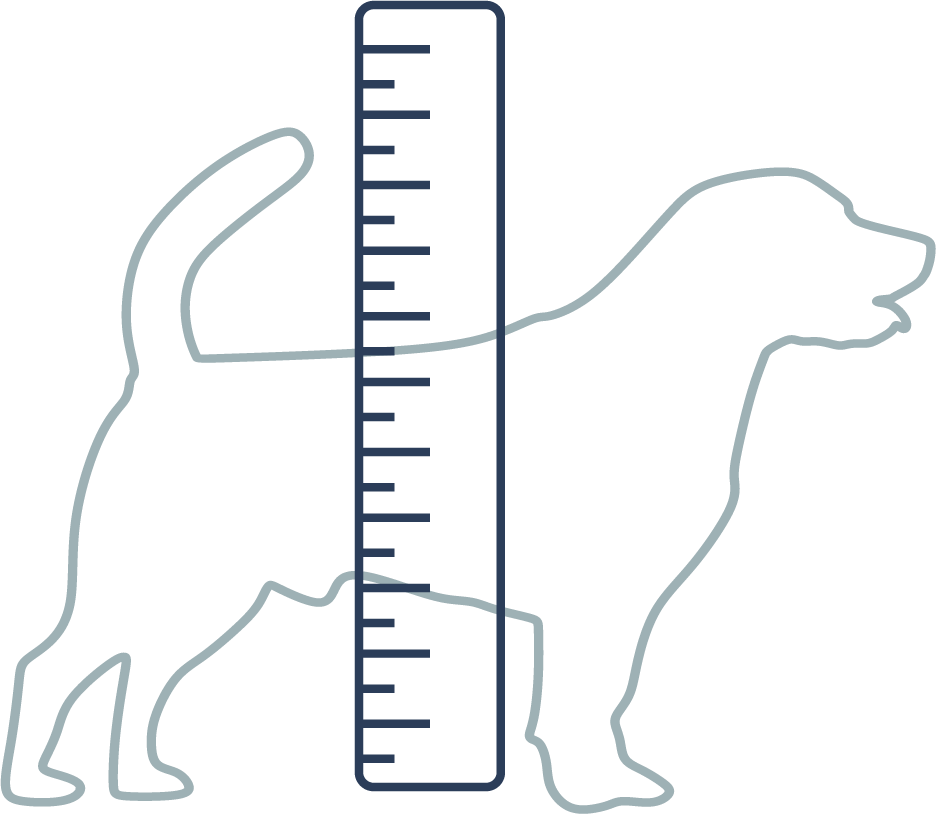




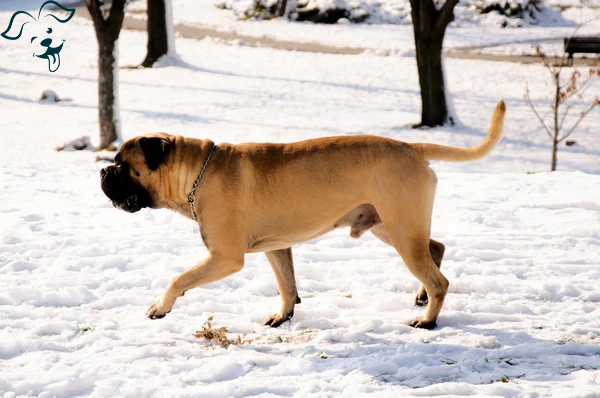
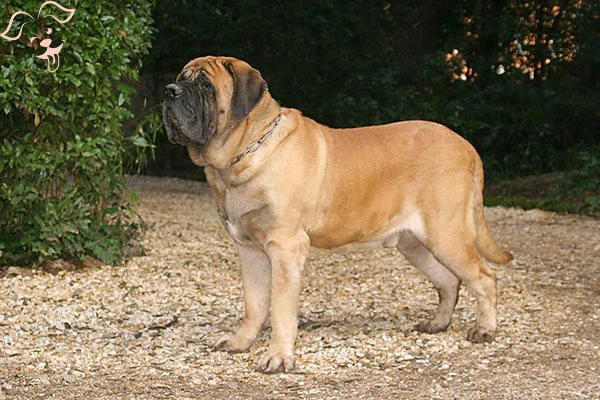









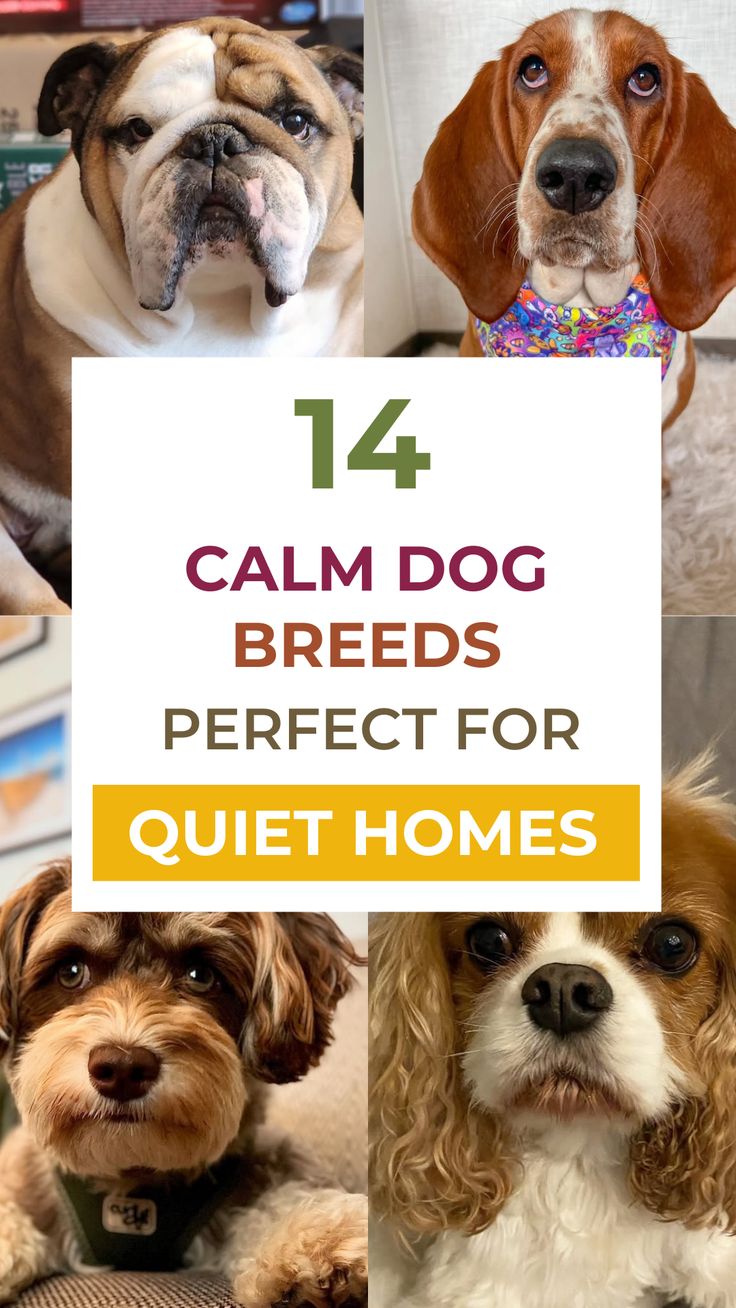

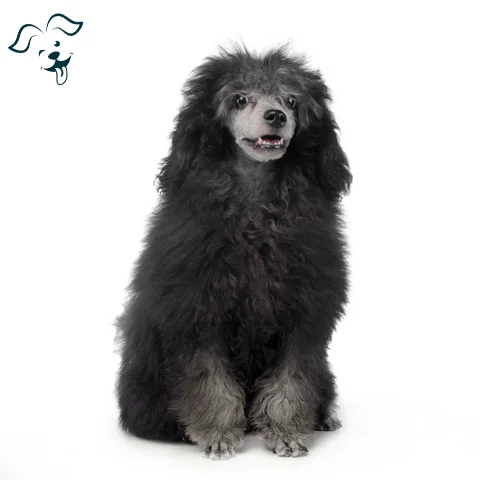


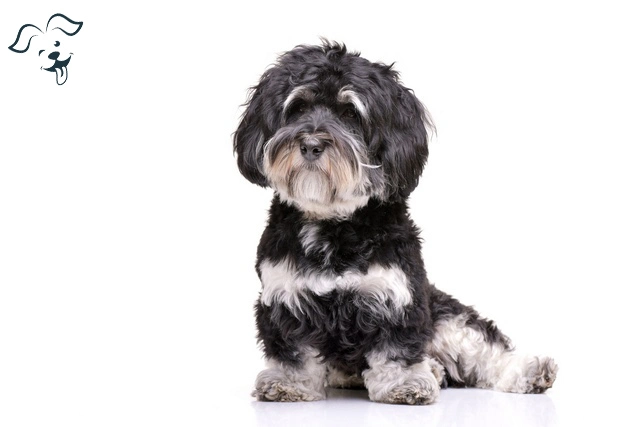
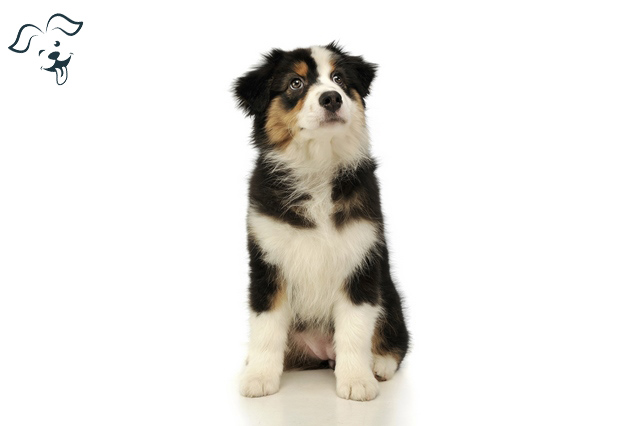

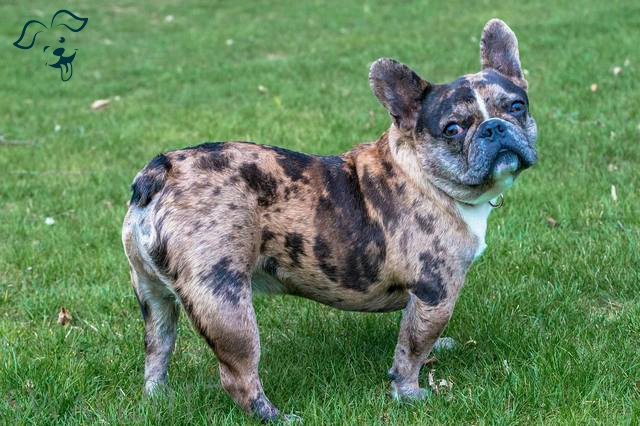
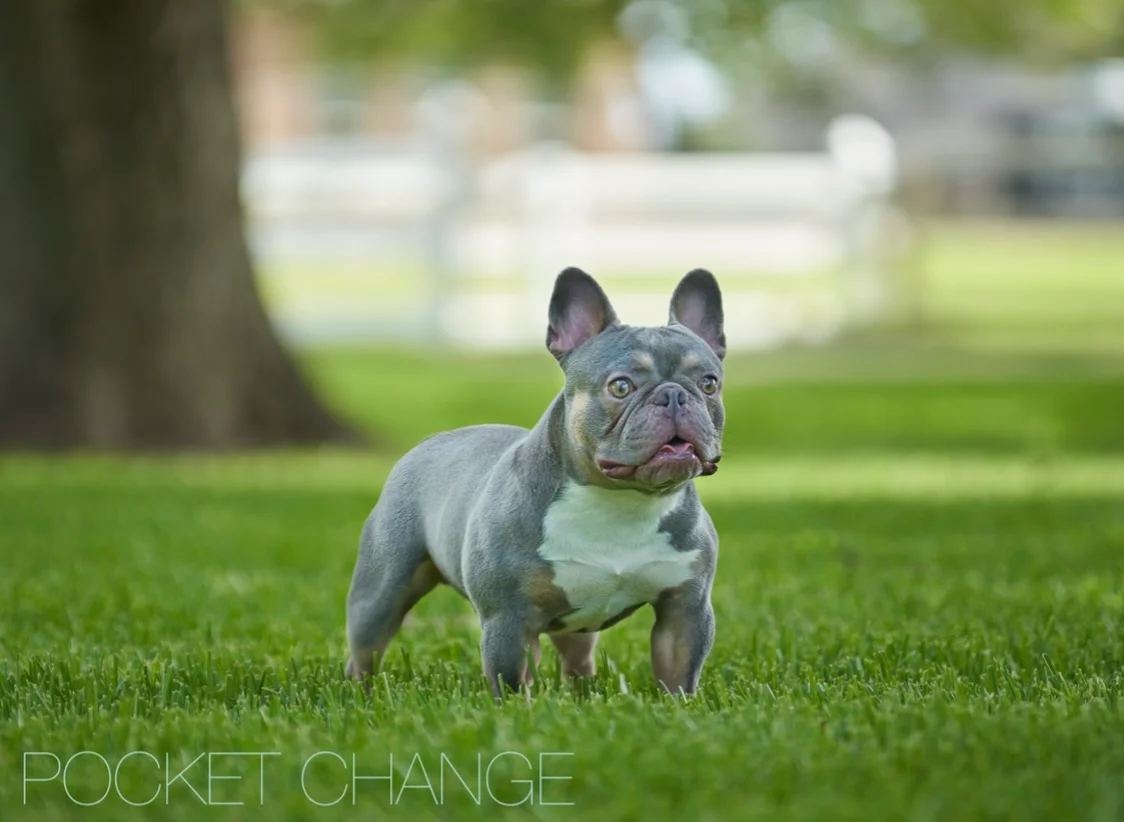
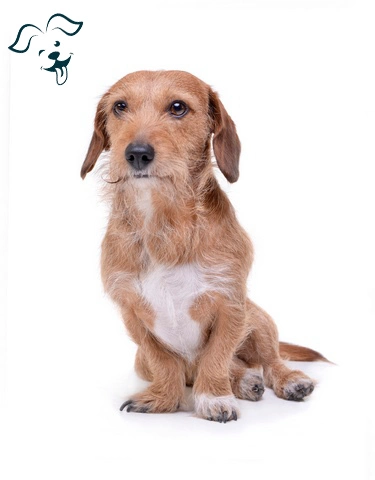
FRIENDLINESS
LIVELINESS
VIGILANCE INTENSITY
ADAPTATION CAPACITY